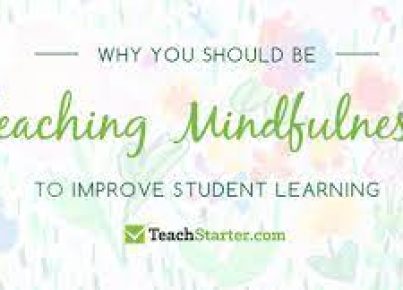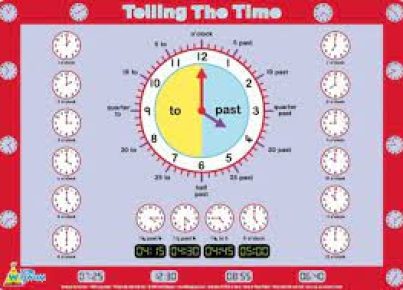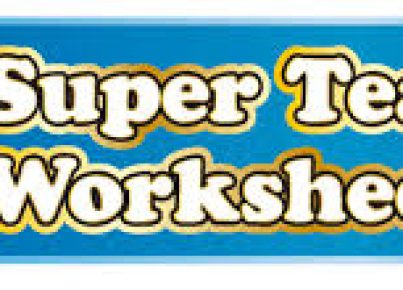Introduction:
As educators, it’s crucial to keep our students informed and engaged with the world around them. One way to do this is by incorporating current events into the classroom curriculum. With a multitude of resources available, it can be challenging to determine which ones are the most relevant and credible for your students. In this article, we will explore some valuable sources for incorporating current events into your teaching.
1. News Websites
Major news websites are a reliable source for current events. BBC News, CNN, Al Jazeera, and The New York Times all offer well-researched and up-to-date news stories that can be easily integrated into your lessons.
2. Educational News Websites
There are news websites tailored specifically for educational purposes. Examples include Newsela, DOGO News, and Tween Tribune. These sites provide age-appropriate content and often include lesson plans, comprehension quizzes, and critical thinking questions.
3. Current Events Magazines
Weekly or monthly current events magazines such as Time for Kids, Scholastic News, and New York Times Upfront offer articles tailored to young readers and cover national and international matters. These magazines often come with accompanying lesson plans or discussion questions.
4. Podcasts
Podcasts like NPR’s Up First and BBC’s Global News Podcast discuss daily headlines in an engaging format perfect for middle schoolers to high schoolers. For shorter updates on current events, consider CNN 10 or PBS NewsHour Extra that provide daily episodes under 10 minutes long.
5. Video News Sites
Incorporating video content can be effective in engaging visual learners and initiating discussion on various topics. Educational platforms like TED-Ed curate insightful video content related to current events, while YouTube channels like Vox or Crash Course can help explain complex issues.
6. Social Media Platforms
Teachers can use social media platforms like Twitter or Facebook to follow reputable news outlets (e.g., Reuters, Associated Press) or expert individuals (e.g., scientists, journalists). These platforms can be used to spark engaging discussions and debate. It is important, however, to teach students how to identify credible information from false or misleading content.
Conclusion:
Incorporating current events into your classroom is essential in helping students understand the world around them and cultivating critical thinking skills. By utilizing various sources such as news websites, educational news platforms, magazines, podcasts, video sites, and social media, teachers can create dynamic and well-rounded lessons that help students connect with the world and develop a broader perspective.
Remember to continually reevaluate your sources and encourage students to develop their own strategies for finding trustworthy information as the landscape of digital media continues to evolve.





